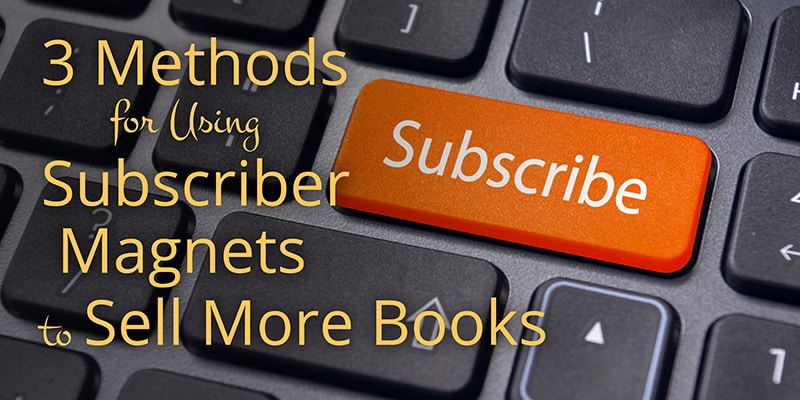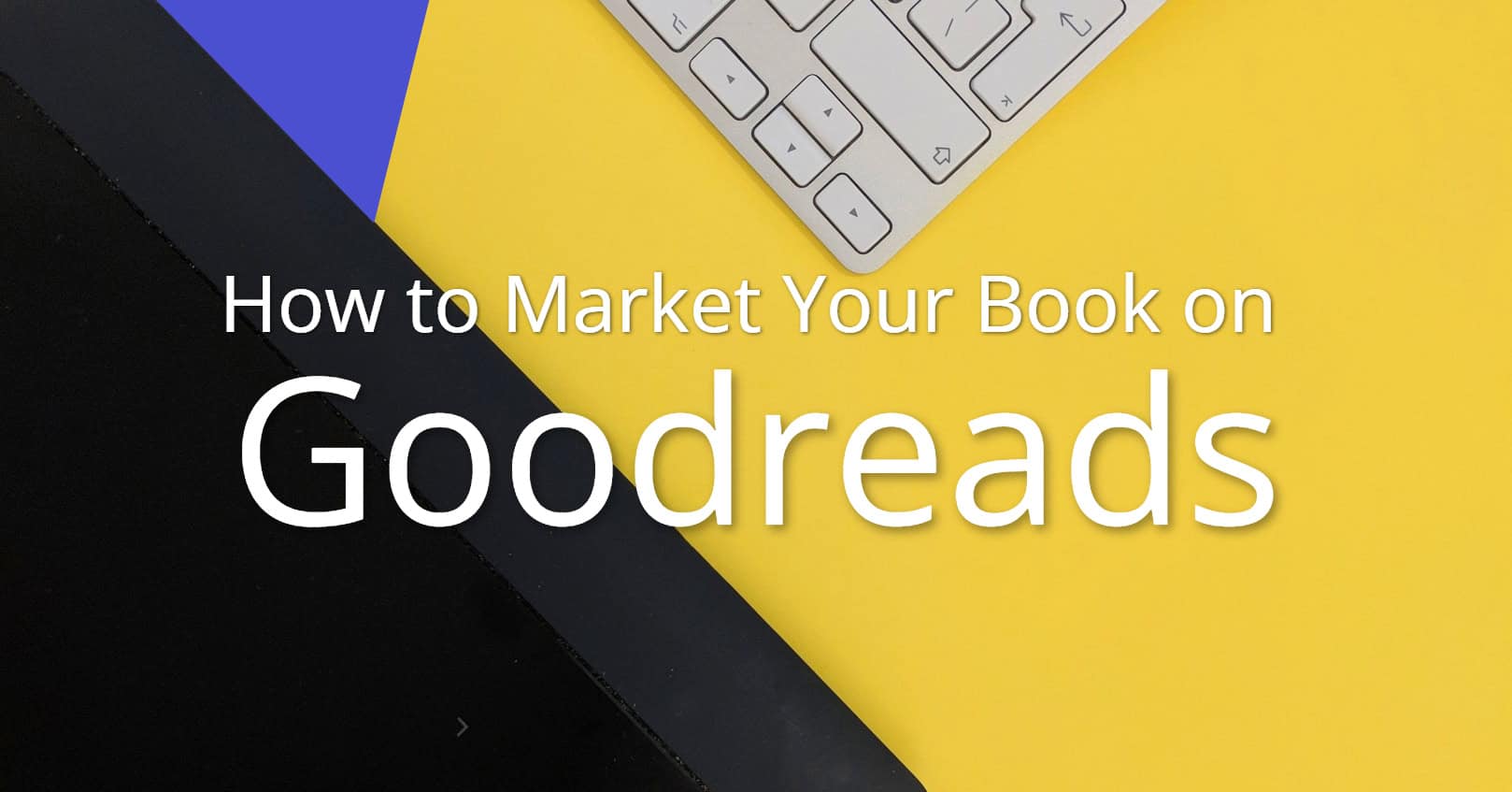
If you use back matter in your published books correctly, you can go on to sell more books. So how do you use back matter effectively? Here are some ideas!
Whet the Reader’s Appetite
Include a sample chapter of the next book (if the current book is a series), or of another of your books if that book isn’t a series. This sample pulls readers into the next story; they’ll want to buy the next book so they can continue reading.
Before the sample chapter, you should include an attractive image of the sample book. A good cover image invites the reader to read the sample. To avoid adding too much size to your an ebook, the sample chapter image can been 300-500 pixels and saved for web. See here for tips on images and resizing.
We recommend using at least one chapter for your excerpt. If possible, make the excerpt end on a cliffhanger, so readers are eager to buy the actual book. A sample is the best way to sell more books. In an ebook, include a purchase link at the end of the sample chapter. Always make it easy for the reader to follow up on the immediate impulse to read the next book. You might use text like this:
END OF SAMPLE. If you would like to purchase Moby-Dick for your Kindle, please click here. Or continue to the next page to learn more about me and my books.
Note that we used Kindle in the example, but you’d use whatever vendor the reader purchased the book on. Also include a list of your books in the back matter with links to where readers can buy those books. If you write under different pen names, you can also include the books under your pen names, after specifying which genre you write under each pen name.
For best results, also optimize this list of books for the specific vendor. So Kindle books should only link to Amazon, Apple Books would only link to iTunes, and all other ePub files (Barnes & Noble, Kobo, Smashwords, and Google Books), would have links to the respective ebook vendor. This can be easily accomplished in an ebook program like Jutoh or Vellum. See more about ebook programs here. For distributors that send out to various ebook vendors, you will also need a generic epub with links to the author’s website where additional purchase links can be found.
Be Personable
Write an About the Author page. Readers are interested in learning more about the authors whose books they enjoy! But keep the bio short and interesting. Try including a random fun fact that will stand out in the reader’s mind.
Request Action from the Reader
At the end of the book and before the sample, thank readers for reading and ask them to leave a review. Many readers don’t realize the importance of reviews to authors, but if they’re asked to leave a review, they’re more likely to do so. More reviews means that it’s easier to sell more books to readers who don’t know who you are yet.
In an ebook, include a link to the retailer’s page so the reader can simply click it to go leave a review. If the reader has to go search for your book, they are less likely to leave a review. You might use text like this:
NOTE FROM HERMAN MELVILLE: Thank you for going sailing with me! If you enjoyed Billy Budd, Sailor, please consider telling your fishing buddies or posting a short review. It would mean a lot to me. In the next section, I have also included the first chapter of Moby-Dick, an adventure I think you’ll love. You can see all my books on the About the Author page, or sign up for new releases. Thanks again!
Include a link for readers to sign up for your newsletter. You can include it at the end of the book like in the example above, and also at the end of your bio. You could add an offer in this too. For example, you may offer them a free book to sign up for your newsletter—and then send them to your Book Cave Direct magnet book, which is free to host here on our site. Maybe try putting in a button that readers can click on to sign up, rather than just using hyperlinked text. Buttons are more fun to push on and may attract more clicks!
We hope this post will help you as you write your back matter! Have you had success with using back matter? How have you used back matter to sell more books? We’d love to hear in the comments below.















Comments